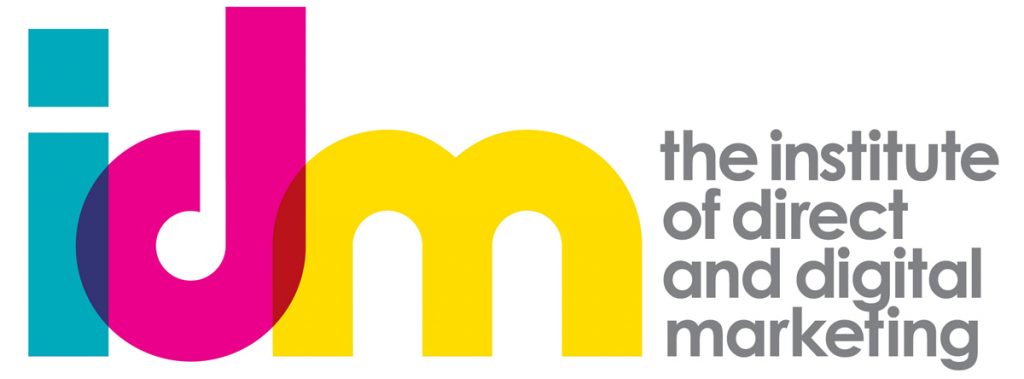A sales pipeline in CRM is a systematic approach to managing sales from the initial interest stage to the final sale. The process can vary depending on the product or service being sold, which may require the configuration of multiple pipelines. So, how do you create and use pipelines in your CRM system?
In this blog, I will explain why you need a pipeline, how to create one, and how advances in AI may help.
Why do you need a Pipeline?
Here are just some of the reasons that it’s essential to think about and set up at least one Pipeline in your CRM:
- It bakes in a repeatable process to sell efficiently – if you have a repeatable process, you can analyze and improve it, and in my experience, getting more sales is what most businesses strive for
- It helps you organize and prioritize your work by defining the actions you need to take to move sales through the pipeline.
- You can identify blockers in the sales process that can prevent you from selling, and removing them would increase your sales.
- If you have a clear set of stages, you can analyse your sales activities to keep track of performance and anticipate future shortfalls in sales. This clarity in your sales pipeline can provide a sense of reassurance, knowing that you have a structured approach to sales management.
That’s just four reasons, and you may have others.
Sales Process or Buying Process
Typically, businesses focus on their sales process, which they consider to be best practice. However, it’s worth considering whether this process aligns with the prospective client’s buying cycle. After all, it’s the buyer who ultimately decides to make a purchase. So, which do you think is more important and likely to be more accurate?
The way buyers buy can change from the type of buyer to the value of the likely purchase and how they see their relationship with you. This could offer an additional layer of complexity that is just too much to cope with. However, aligning your sales process with your buyers’ buying process can lead to significant benefits. It can enhance your understanding of your customers, improve your sales efficiency, and ultimately increase your sales. This strategic alignment can be a game-changer, offering a fresh perspective on your sales approach.
For example, there is a sales methodology called customer-centric selling. This puts the customer front and center, and they align their sales process with some research they have done around buying psychology to come up with a table:
Customer Buying Cycle | Aligned Sales Cycle |
Awareness of Need | Attract Buyers |
Investigate Options | Online Education |
Committing to Change | Align Desired Outcomes |
Solution Selection | Solution Consulting |
Validate Choice | Decision Support |
Purchase | Guide the Purchase Process |
Of course, other effective methodologies will know how these Client-Centric and Sales Centric pipelines are aligned. I will leave that topic there.
How do you create a Sales Pipeline:
Think about the process
The first step in implementing CRM is always to consider the Sales Process and how it is aligned with the Buying process. As I have indicated above, that can lead to several interesting questions.
What are the key stages in that process?
The next stage is to draw this into a series of connected stages. A good discipline is to use a simple structure made up of two boxes – |What Happens| – |So that| – |Which means this happens| – |So that|, etc
What do you need to do at each stage?
Around each stage, decide what actions are needed to move the prospective client to the next one and who needs to be involved. For example, it might be necessary to get approval for discounts.
Create the pipeline
From this, the pipeline (or pipeline stages can be configured in the CRM system and then monitored for each sale.
Set up the pipeline reporting.
Once you have a pipeline, you can see the percentage of potential clients who move from one stage to the next and estimate the time each stage should take. These can then be used as KPIs (Key Performance Indicators). You can also work back from closed sales to the start of the process and know how many leads, discovery meetings, and so on are required to hit your targets.
Some problems with Pipelines
Although pipelines are central to Sales and to configuring a CRM, some problems with them must be considered.
Accuracy of Pipelines
One of the critical issues for Pipelines is that they need to be more accurate. That is because, as I have suggested above, they are often not aligned with the potential client buying cycle, AND the stage of the sale is usually estimated based on the salesperson’s intuition of what that is
How detailed should pipelines be
Very detailed pipelines with many specific stages can give the business a false sense of security and spurious accuracy. Too many stages also make the analysis less powerful and statistically significant. So, you should aim for appropriate accuracy.
Out-of-date data
Often, Sales are maintained in a pipeline long after it is clear that the sale has been lost or delayed. That is because the salesperson is usually judged partly by the value of their pipeline and is unwilling to accept defeat. From my experience, for example, once a sale is at the decision stage, it will either be closed or lost within six weeks. If it goes beyond that time, it has either been pushed back in the buying cycle (becomes a plan) or lost. But often, these sales are at the decision in pipelines for months or years.
How can AI be used for Pipeline Management?
One of the key benefits of AI and machine learning is their ability to identify predictive patterns in large amounts of data. This can be leveraged in pipeline management to develop more accurate pipelines by analyzing various types of data, such as email responses, website visits, sentiments expressed in messages, and other non-behavioral data.
AI is becoming an increasing presence in CRM, and its potential in pipeline management is immense. It started over 4 years back with ZOHO and its Zia Assistant. Today, this has become an increasingly hot arms race in the market, and we can expect a lot of changes in the next six months. The advent of AI in pipeline management holds the promise of more accurate forecasting, improved sales strategies, and enhanced customer insights. This is a future we can all look forward to, where AI becomes our trusted ally in sales pipeline management.
Summary
Pipeline is a critical concept for sales and is central to configuring and using CRM systems. However, to be accurate and valuable, the sales process they track must be aligned with potential clients’ buying processes. Pipeline reporting accuracy depends on this alignment, which is rarely present. AI may be a game changer here—we will wait and see.
If you need to review your Pipeline or have a more accurate way to manage and track sales, then please contact me at nick@successinbusiness.co.uk or 07983784816


